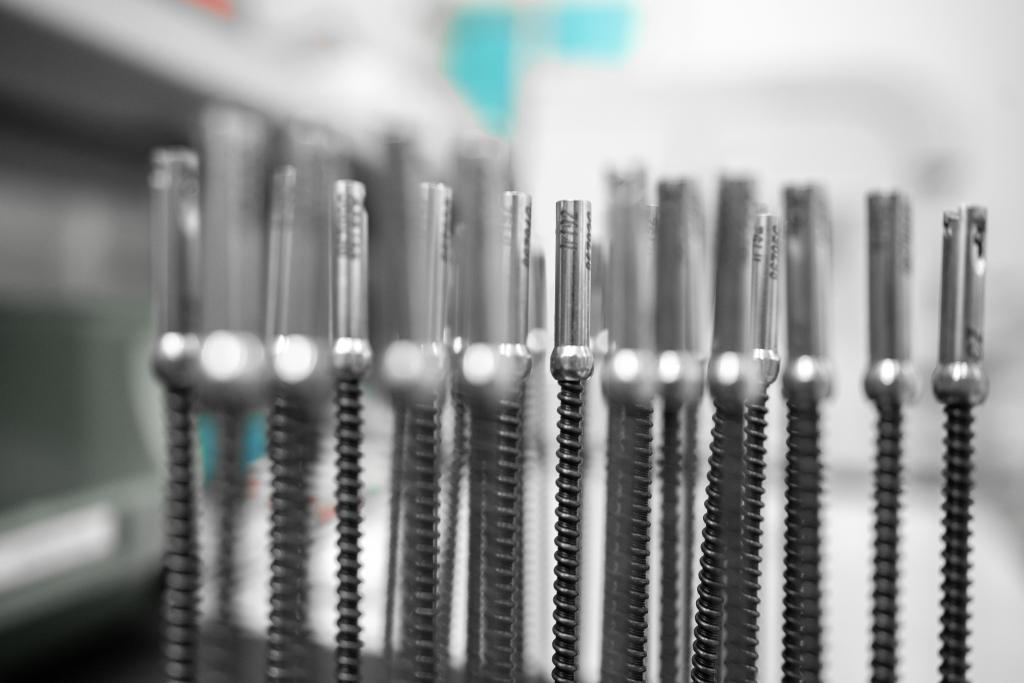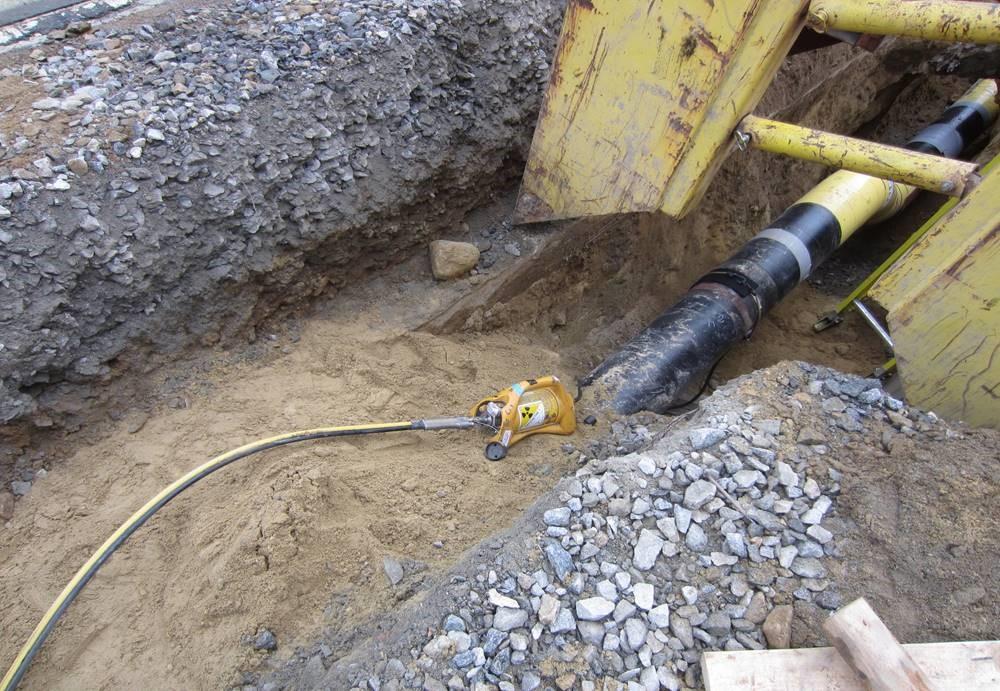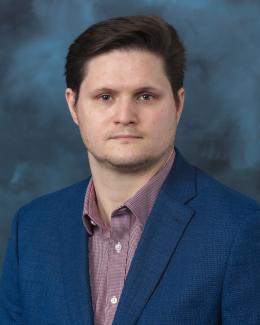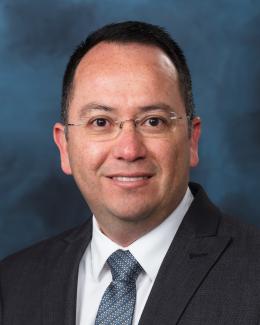
The radioisotope iridium-192 is critical to helping the U.S. government and industry find structural defects and damage to metal parts such as welds, castings and seams. It’s used often to assess the integrity of oil and gas pipelines and to ensure manufacturing quality in shipbuilding, vehicles, aerospace and other sectors.
Yet it’s been two decades since Ir-192 has been produced in the United States. The U.S. has had to purchase it from foreign countries.
In late 2023, the Department of Energy, or DOE, Isotope Program and Massachusetts-based QSA Global Inc., a private company that supplies industrial gamma radiography, announced a joint product development agreement to initiate U.S. production of iridium-192. Within the scope of the agreement, Oak Ridge National Laboratory, or ORNL, will collaborate with QSA Global Inc. to finalize a reactor target design and then prepare packaging and transportation procedures to ship the irradiated targets back to QSA. The goal of QSA and the DOE Isotope Program is to begin routine irradiations with new product in 2024, to be used for applications that are high priority for the nation.
As part of its role in the DOE Isotope Program, ORNL already supplies QSA with another radioisotope used in industrial radiography, selenium-75, said Justin Griswold, group leader for Target, Design and Analysis in ORNL’s Radioisotope Science and Technology Division of the Isotope Science and Engineering Directorate.
“The nice thing about this project is that a lot of the infrastructure is already in place,” Griswold said. “There’s synergy there.”
ORNL will be responsible for establishing the documented analysis and controls to ensure the proprietary target design is safe, Griswold said. It’s expected the targets will be irradiated at the High Flux Isotope Reactor, or HFIR, a DOE Office of Science user facility located at ORNL. Afterward, they’ll be transported to ORNL’s Irradiated Material Examination and Testing facility, or IMET, for packaging and transport to QSA.
The goal of beginning routine production of Ir-192 this year means there are some challenges researchers will have to resolve, Griswold said.

Iridium is very dense and a high neutron absorber. To be used for radiography, Ir-192 needs to have high specific activity — a large number of radioactive transformations per second. To achieve that, researchers have to meticulously figure several factors, including the amount of material that can be loaded into each target, and the spacing and location of targets inside HFIR, which can affect the intensity of radiation it receives during the cycle. That intensity is called neutron flux.
“The high neutron flux of HFIR makes ORNL uniquely equipped to produce Ir-192 at this high specific activity,” Griswold said.
Next, the radioisotopes are transported to IMET in casks. Once irradiated in HFIR, the targets emit ionizing radiation through radioactive decay that generates heat. To meet safety demands, researchers must calculate how much of that heat load the casks can accommodate, then make sure they’re using the maximum amount of material possible in the targets while keeping radiation within the limits of the casks. Griswold said those calculations are being figured now.
“We need to make sure that whatever we process can be transloaded to IMET,” he said.
At IMET, the radioactive material will be unloaded from the casks and carefully reloaded into special-form capsules inside protective hot cells, then welded shut by operators using robotic arms. Once sealed, those capsules will be loaded into shipping casks that allow for their safe transport to QSA.
QSA will unload the material and process it at its own facility, he said.
“We appreciate our long-term, reliable supply of isotopes from the DOE Isotope Program and look forward to adding Ir-192 to the list,” said Jake Bourn, vice president and general manager for QSA. “This will strengthen the supply chain, benefit domestic manufacturing and strengthen U.S. energy independence for the future.”
Jehanne Gillo, director of the DOE Isotope Program, said part of that program’s mission is to reduce U.S. dependency on foreign suppliers.
“We are extremely pleased to work with QSA Global Inc. to reestablish a U.S. supply of this critical radioisotope to promote stability to an otherwise fragile supply chain,” Gillo said.
Learn more about the DOE Isotope Program at https://www.energy.gov/science/ip/isotope-rd-and-production-doe-ip.
ORNL is managed by UT-Battelle for DOE’s Office of Science, the single largest supporter of basic research in the physical sciences in the United States. DOE’s Office of Science is working to address some of the most pressing challenges of our time. For more information, visit energy.gov/science.




